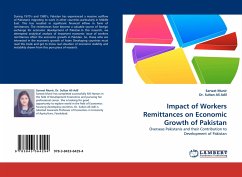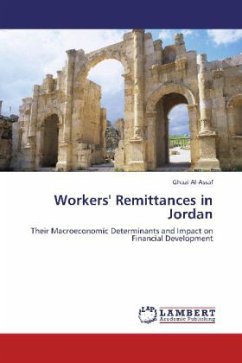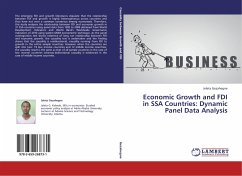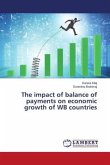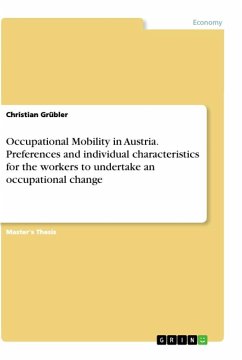Seminar paper from the year 2013 in the subject Economics - Job market economics, grade: 64%, University of Nottingham (Economics), course: MSc in Applied Economics and Financial Economics, language: English, abstract: Besides foreign direct investment (FDI) and capital market flows, workers' remittances are another external channel for capital flows. According to the OECD, remittances to developing countries amounted to US$ 149.4 billion in the year 2002. However, whereas FDI and capital market flows are subject to variation due to recessions in home countries, remittances are steadily rising every year (OECD, 2006), reaching an amount of about UD$ 300 billion in the year 2007 (Barajas et al., 2009). To give a brief definition, remittances are money transfers from migrants working abroad to their families in their home countries. Yet, the question is, do these remittances contribute to or boost economic growth in receiving countries or are they only a means to increase the migrants' families' welfare by directly reducing their poverty and raising the living standard (Rao and Hassan, 2011). In other words, are remittances mostly used for consumption or do they rather flow in education, and thereby contribute to the human capital, and in investments, thus increasing the capital stock in the economy (Giuliano and Ruiz-Arranz, 2009)? From the growth theory we know that consumption does not have any impact on growth, only investments, either in production or in human capital, can affect long-run growth. Evidence from Indonesia, Ecuador, and Argentina (Sayan, 2006) shows that remittances indirectly reduce volatility of growth of output in times of crises and increase the growth rate thereby (Rao and Hassan, 2011). In contrast, Sayan (2006) found that remittances are moving procyclically with out in recipient countries, boosting incomes during booms, but reducing them even more during recessions and thus magnifying the e


